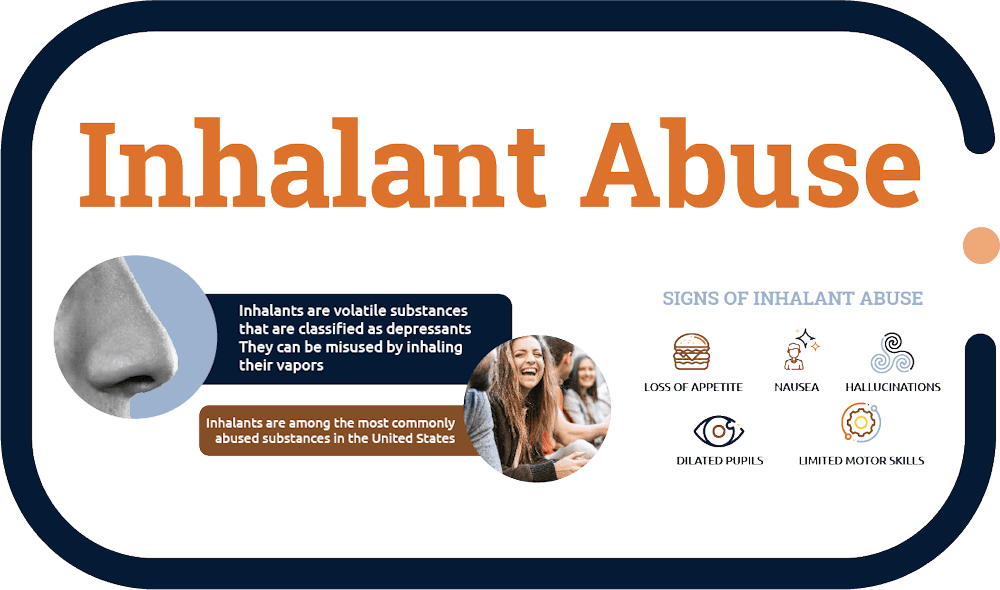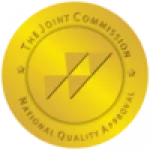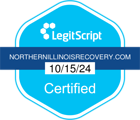For example, whippits are some of the most popular inhalant drugs. Whippits offer a concentrated yet short-lived high. Nitrous oxide and other inhalants rob the brain of vital oxygen. The light-headed euphoria can lead to accidents, especially from a lack of motor control. Oxygen deprivation can lead to developmental issues in adolescents.
Studies have shown that informing children about inhalant abuse has decreased use. Positive results can be attributed to training life skills that embrace self-esteem and improving communication in relationships.
Inhalant drugs have a variety of names or slang terms:
- Poppers
- Snappers
- Glue
- Kick
- Bang
- Whippits
- Texas shoeshine


What Are Inhalant Drugs?
The short term side effects of inhalant drug users experience:
- Slurred speech
- Blurred vision
- Headaches
- Dizziness
- Excitability
- Loss of coordination
However, inhalant abuse has been reported as early as 5-6 years old. Inhalant abuse tends to decline by the ages of 17 to 19. Adulthood abuse of inhalant drugs is not uncommon, with more cases coming from men than women. Inhalant abuse typically occurs in isolated regions.
Inhalant drugs are executed through the following:
Snorting: usually means using a tube to inhale the substance or directly sniffing from the source.
Huffing: typically practiced by coating a rag or cloth with the substance before inhaling.
Bagging: most common method among abuse which includes using bags to inhale the volatile substances.
What Are the Classes of Inhalant Drugs?
- Spray paints
- Spray deodorants
- Hair spray
- Vegetable oil spray
- Fabric protector spray
Solvents
- Paint thinners
- Paint removers
- Degreasers
- Gasoline
- Rubber cement
- Lighter fluid
- Glues
- Nail polish removers
- Dry cleaning fluids
- Felt tip markers
Gases
- Chloroform
- Halothane
- Butane lighters
- Propane tanks
- Refrigerants
- Nitrous oxide (Found in whipped cream canisters)

What are Nitrites?
How Are Inhalant Drugs Addictive?
The short-term side effects of inhalant abuse can deceive the person, considering that inhalant drugs can enforce lasting damage to the body. If you notice alarming or suspicious behavior from a friend or loved one, they might be struggling with a substance use disorder. Staging an inhalant drug intervention should be a viable option.
Inhalants generally contain more than one chemical, with some remaining in the body for long periods. Inhalant abuse can cause damage to the nerve fibers in the brain, which causes issues with communication.
Inhalant drug abuse can cause brain cell damage from the lack of oxygen. This can alter the function of the hippocampus, the region of the brain responsible for memory and learning. If the cerebral cortex is damaged, the person will have trouble problem solving and forward thinking.
Insurance Verification




A Brief History of Anesthetics
An anesthesiologist is skilled in various tools for diminishing pain, awareness, and movement. In the early 1800s, analgesia dentist Horace Wells discovered the use of nitrous oxide during a dental extraction.
His partner, William T.G. Morton, aided his demonstrations on the effects of nitrous oxide. With some help, Morton refined his technique to extract a molar from a patient.
The nitrous oxide in blood causes blood to diffuse into air-filled cavities faster than it can be absorbed. 78% of the air we breathe is nitrogen. Nitrous oxide is unique, considering it remains in gaseous form at ambient room temperature. Liquid solubility is what determines the potency of nitrous oxide.
What Are Signs of Inhalant Abuse?
The signs of inhalant abuse may include:
- Chemical odors on their breath or clothes
- Bloodshot or dilated eyes
- Paint or other stains on their hands, fingers, or clothes
- Lack of interest in activities
- Decrease in appetite
- Poor performance in school or work
- Runny nose or nosebleeds
- Slurred speech
What makes inhalant abuse difficult to spot sometimes is the fact these substances can be purchased legally. Inhalant abusers could be discreet about the amounts taken and finding spots to hide them. You might notice small changes in their mood or behavior. Young children and teens make up a large percentage of inhalant drug abuse.
Sudden death sniffing syndrome is possible. Sudden death sniffing syndrome can cause the body to enter cardiac arrest, after an accelerated heartbeat.
Inhalant abuse tends to parallel those with a history of physical or sexual abuse, mental health symptoms, and lower-income rates. Those in rural communities or high poverty rates tend to resort to inhalant drugs.
Trained medical staff must properly screen those with an inhalant abuse disorder. Since inhalants can’t be discovered in a urine test, clinical diagnosis needs a different approach. Clinical testing could indicate elevated liver enzymes. Blood and other tissues can be inspected by gas chromatography.


What Are Withdrawal Symptoms of Inhalant Abuse?
The withdrawal symptoms of inhalant abuse are:
- Poor memory
- Hand tremors
- Insomnia
- Cravings
- Anxiety
- Depression
- Difficulty concentrating
- Sweating, rapid heartbeat
- Irritability or mood swings
The first two days of inhalant withdrawals can reach peak intensity. The psychological symptoms will begin to form, although, after 2-5 days, the symptoms should begin to subside. After over a week, the withdrawal symptoms should nearly fade away.
The cravings for inhalants may linger after the bulk of withdrawal symptoms pass. This is recognized as post-acute-withdrawal syndrome. PAWS can last up to 18-24 months after use has stopped. Your gender, body weight, type of inhalant, length of time abused, and medical history can play a role in the depth of inhalant withdrawal symptoms.
The long-term side effects of inhalant abuse could cause:
- Brain damage
- Personality changes
- Hallucinations
- Memory or learning problems
- Weakened immune system
- Liver, kidney, or lung damage
- Difficulty speaking or solving problems
- Motor impairment (Muscle spasms, walking problems)
- Vision complications
Can I Overdose from Inhalant Abuse?
A paramedic would have to stop the seizure or your heart from stopping. However, there are no specific treatments to challenge the effects of inhalant overdose. That’s why it’s crucial to seek help if you are on the deep end of inhalant drug abuse.
Signs of a inhalant abuse overdose reveal:
- Vomiting
- Nausea
- Chest pain
- Seizures
- Blacking out


What Are Treatment Options for Inhalant Addiction?
Within addiction recovery, relapse is a common theme. You may feel stuck in the limbo of inhalant abuse. The physical toll it has left an imprint on you. There’s a chance for you to recover through a series of tough but enlightening decisions. Maintaining sobriety requires immense patience and practice, through the help of a strong support system.
Detox
Inpatient Treatment
Patients will undergo individual and group therapy. Each facility will vary with its programs and amenities. The cost of treatment will be reflected in the location and services offered by the inpatient treatment program.


Outpatient Treatment
IOPs (Intensive Outpatient Treatment Programs) are an intensive approach to treat mild to relatively severe cases of addiction. The enhanced structure of the treatment and flexibility would serve those who don’t have a rich support system. In an IOP, patients are expected to attend sessions from 6-8 hours, five days a week.
Dual Diagnosis Treatment
Treatment for both disorders is demanded in order for a full recovery. Addiction is a complex disease, which requires support from all angles. Chronic relapse can prevent a person from reaching their goals. Evidence-based therapies such as CBT (Cognitive Behavioral Therapy) can offer you a chance to rewrite your compulsive behaviors.


Case Management
Support Groups
Support groups can be specific, such as AA (Alcoholics Anonymous). The sense of community can bring you more insights into challenges that you could face. The 12-Step Program is a set of guidelines for recovery through the means of a higher power.





